The exterior
The majestic building features a tall bell tower and a basilica-style facade with a heterogeneous appearance, a result of the many transformations it has undergone over the centuries. The splendid entrance portal, dated to the Romanesque period, has a richly decorated marble frame, including bas-reliefs depicting male busts, the twelve apostles, surrounded by vegetal scrolls.
The large window, placed on the facade instead of a mosaic-decorated trifora, dates back to the 16th-17th centuries. Traces of the latter, typical of Narnian architecture, are still visible above the portal. Below the window is a long transverse frame with masks serving as caryatids. Above the frame, at its extremities, two lions have been placed in the wall as decoration, a motif also present in other buildings in the city. An example is the stone lion kept in the courtyard of the municipal palace, found around 1930 and probably dating back to the Roman era. The same animal, symbol of courage and vigilance, forms the body of the griffin, the emblem of the city.
The interior
The interior of the former church is divided by pillars into three naves with side chapels, the latter built in the 15th century and belonging to some of Narni’s most notable families, including the Gattamelata and the Arca.
A fine carved marble tabernacle is placed at the last left pillar, possibly a work of the school of Agostino di Duccio.
The walls feature frescoes dating from different periods, from the 13th to the late 16th century, including a significant depiction of Saint George on the counter-facade. The works are attributed to the Master of the Dormitio, including a Crucifixion and decorations with Saints, as well as a fresco with Madonna between Saints Dominic and Thomas, from the late 15th century and attributed to Pier Matteo d’Amelia or his school.
The church also housed a fine Annunciation by Benozzo Gozzoli, which can now be admired in the Pinacoteca of Palazzo Eroli.
Recent excavations have uncovered the remains of the ancient Romanesque apse, located at the end of the central nave, and the crypt, both dating back to the 12th century. The excavations have also brought to light a significant portion of the 6th-century Byzantine mosaic floor.
























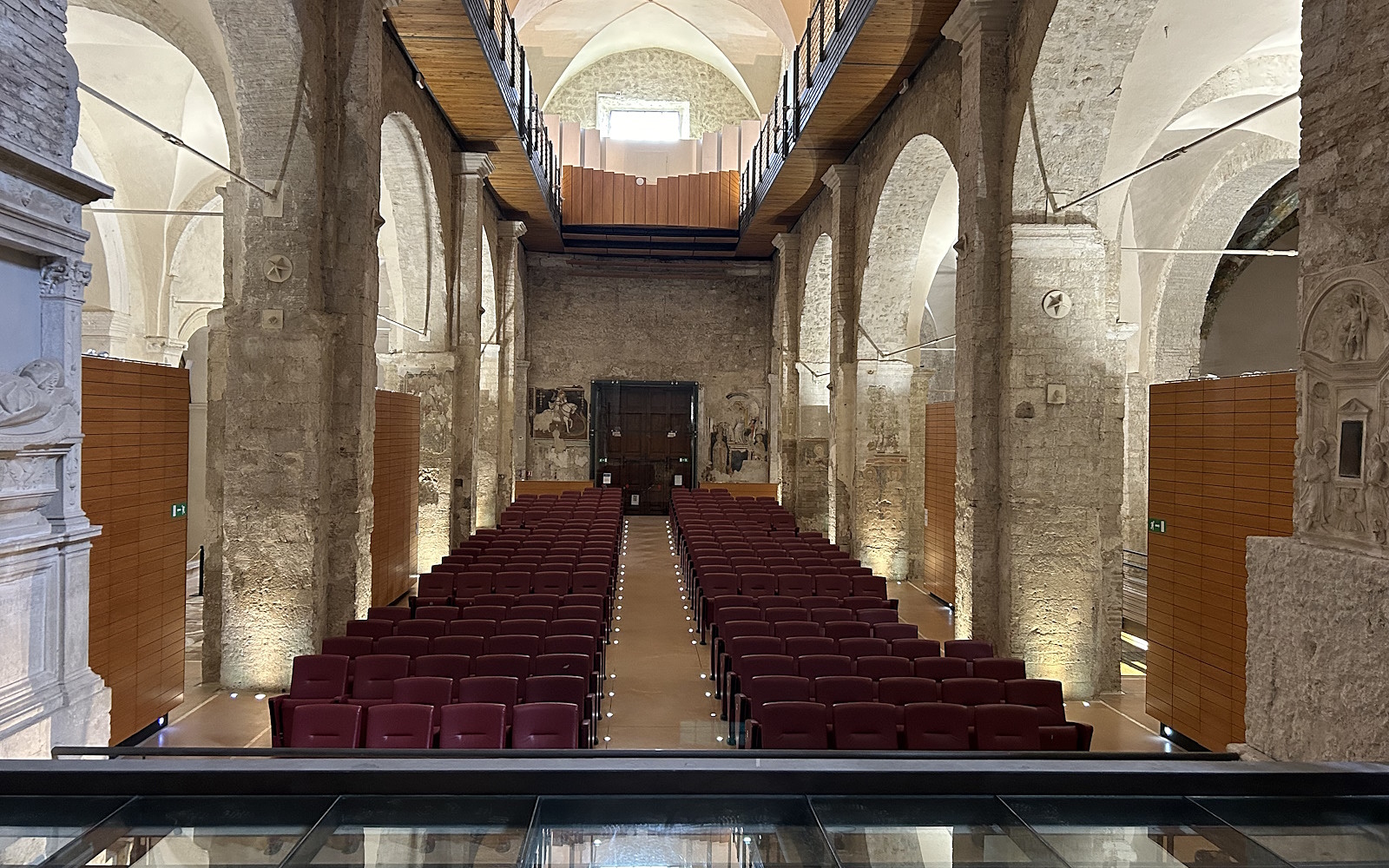
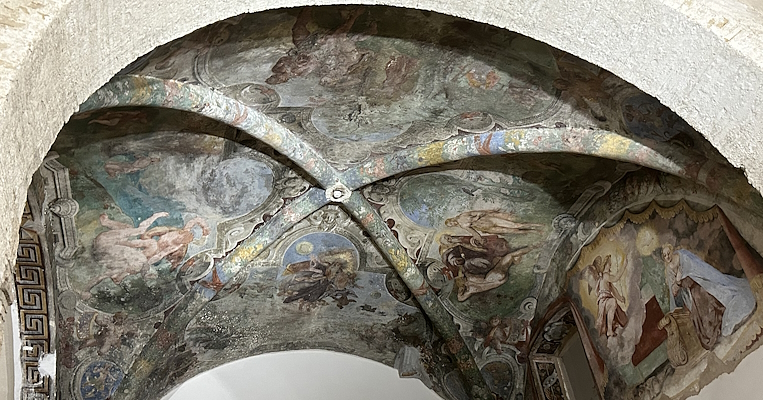
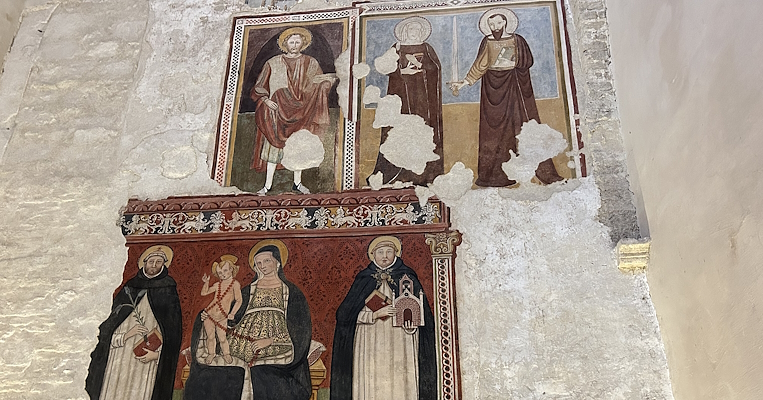
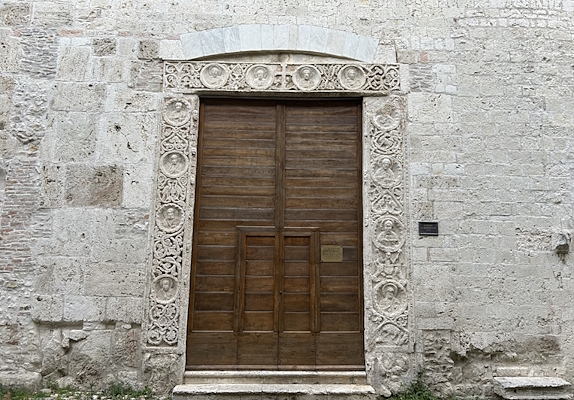
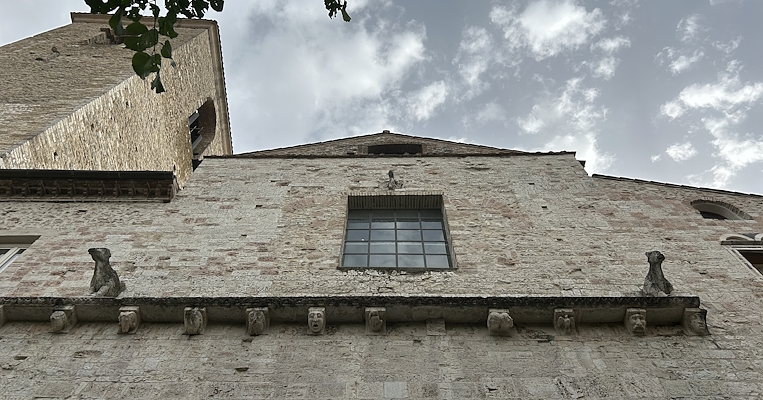



.png/bfc70537-6645-2c6e-3498-5d0e7556e240?width=780)
